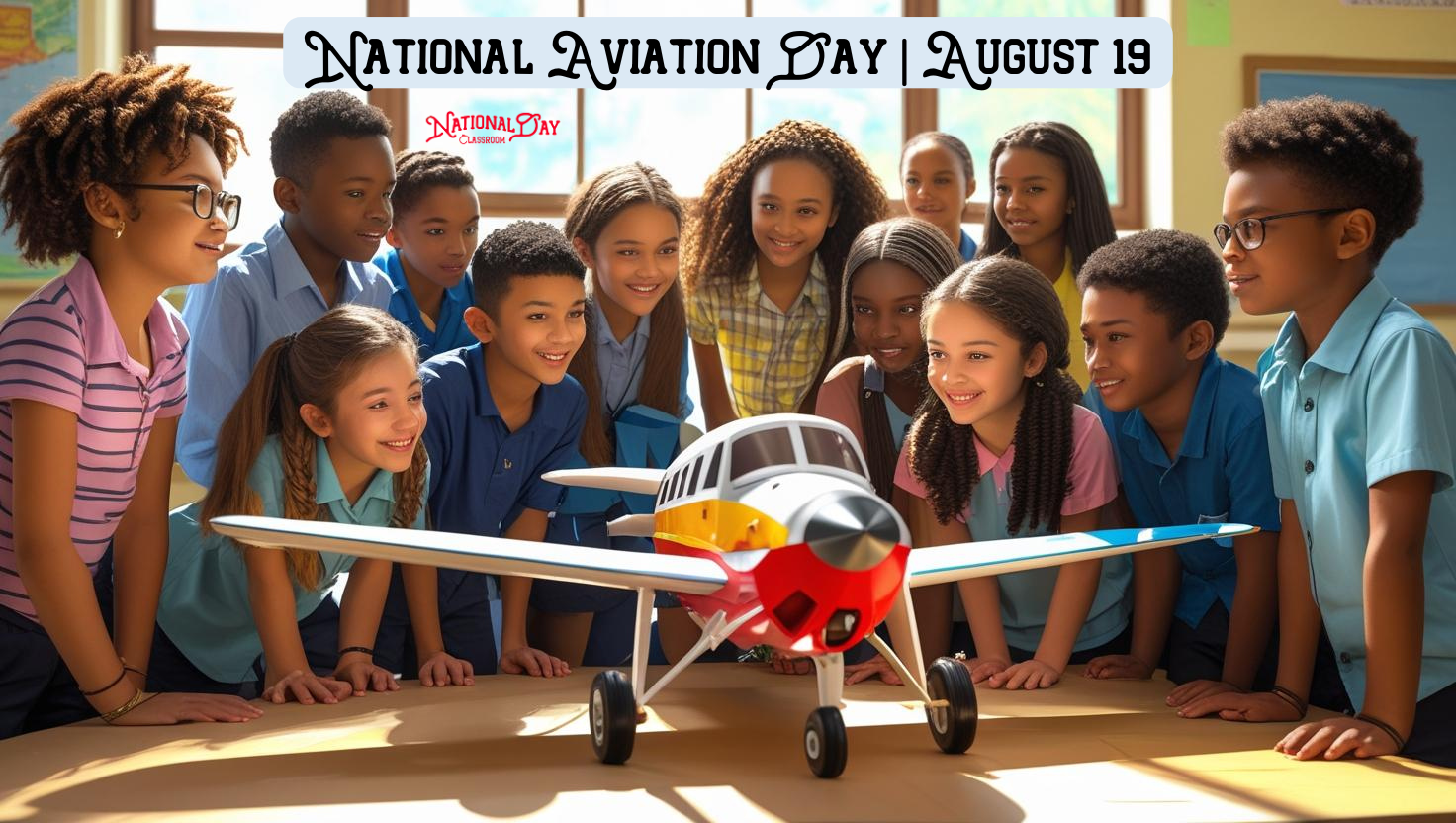
Humans had to learn a lot about physics and master some Earthly forces to achieve flight. That’s why the classroom is celebrating National Aviation Day this week.
Understanding the four forces of flight helped pioneers in aviation build machines that took them into the skies. Those four forces are:
- Lift – Holds the plan up
- Thrust – Moves the plane in the direction the pilot wants it to go.
- Drag – Slows the plane
- Weight – Determined by gravity
The shape of the plane, its wings especially, play a role in helping the plane stay aloft. The pull of gravity and the weight of the plane – from engines, passengers, cargo, and the material used to build the plane will determine its weight and impact how much lift is needed to get it up in the air. When the lift is greater than the weight, the plane will rise. When the weight is greater than the lift, the plane will fall.
Planes move us through the air from one place to another. Sometimes we’re visiting family or taking a vacation. Many people fly on planes to get to work. But to move the plane in the direction it needs to go, thrust is necessary. Engines and propellers provide thrust. The plane overcomes drag when the thrust is greater. To slow a plane, pilots use drag by reducing the thrust. When the drag is greater than the thrust, the plane moves slower.
All these forces combined help to direct the plane.
HOW TO OBSERVE in the CLASSROOM – Aviation
Download and print this week’s projects. We offer two this week. You can also follow the suggestions below to help your students explore the days in their own way. It might surprise you what they discover! We’re often surprised by our own discoveries!
THIS WEEK’S PROJECTS
Download this week’s projects to celebrate National Aviation Day and several others, too.